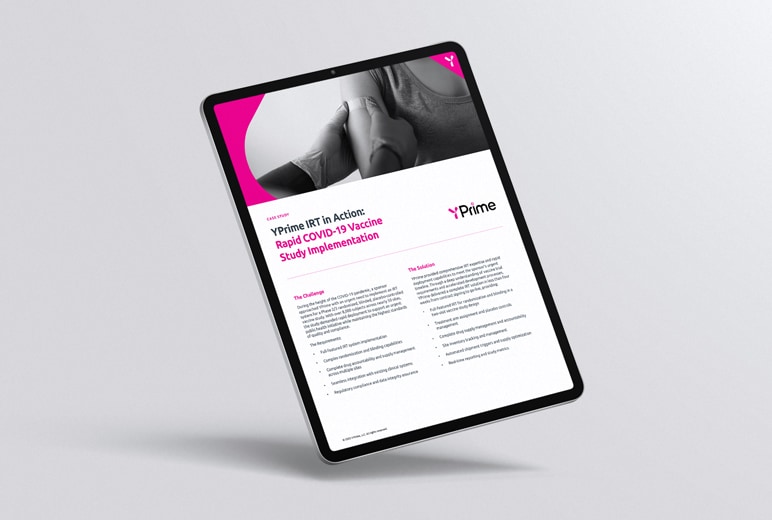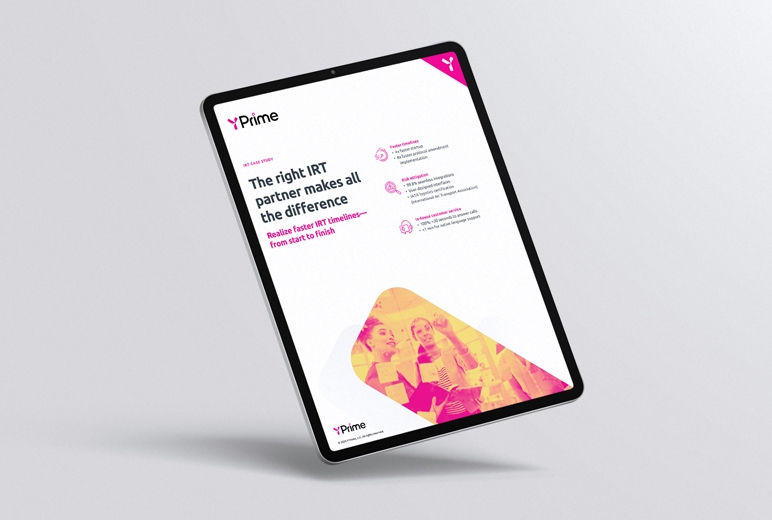The latest revision to ICH E6 signals a major shift in how Good Clinical Practice is defined and applied across today’s increasingly complex and technology-enabled trials. Designed to reflect the realities of modern trials—greater complexity, global scale, decentralization, and digital integration—E6(R3) puts a sharper focus on risk-based quality management, data integrity, and technology accountability.
For IRT (Interactive Response Technology) and RTSM (Randomization and Trial Supply Management) companies, these changes aren’t abstract—they have direct implications on platform capabilities, documentation, validation, and operational processes.
IRT platforms are no longer peripheral; they are central to trial conduct, and under E6(R3), sponsors are expected to demonstrate that these systems proactively support data quality, traceability, and regulatory readiness.
From Compliance to Quality by Design
The biggest conceptual shift in ICH E6(R3) is the move from traditional compliance to a quality-by-design framework. This requires IRT providers to:
In practice, this means IRT systems must be more than functional—they must be demonstrably fit-for-purpose, with controls in place to monitor randomization accuracy, drug accountability, protocol deviations, and system changes throughout the clinical trial lifecycle.
System Traceability and Audit-Readiness
E6(R3) reinforces the need for comprehensive audit trails that capture not only “what happened” but also why and by whom. IRT platforms must ensure:
This level of transparency is essential for regulatory inspections and sponsor oversight and must be consistent across all studies and users.
Greater Scrutiny of Vendor Qualification and Oversight
The updated guidelines increase expectations around vendor qualification and oversight, especially for technology partners. Sponsors are accountable for ensuring their IRT vendor:
IRT companies must be able to demonstrate their quality management systems, validation frameworks, and responsiveness to study-specific risks—preferably with centralized documentation available on demand.
Supporting Data Integrity
With more decentralized clinical trials and studies with hybrid components, IRT systems must ensure that data from diverse sources remains consistent, complete, and accurate. Under E6(R3), this includes:
IRT solutions that support decentralized clinical trials with flexible workflows, robust APIs, and data harmonization will be essential to meeting these new expectations.
Preparing for What’s Next
ICH E6(R3) reflects an evolving regulatory culture—one that views digital systems as core enablers of trial quality, not just tools for execution. For IRT vendors, the implication is clear: lead with transparency, responsiveness, and innovation.
IRT must go beyond functionality and prove its role in operational excellence and regulatory compliance. The IRT vendors that succeed under E6(R3) will be the ones who deliver faster, smarter, and more inspection-ready solutions—while helping clinical trial sponsors and CROs reduce risk and improve outcomes.
How YPrime is Responding
YPrime is actively aligning its IRT platform and services with ICH E6(R3) through:
We’ve designed our platform to not only comply with regulations—but to help clinical trial sponsors and CROs enable faster study startup with stronger oversight. To learn more, visit www.yprime.com/irt.
Check Out What Our Experts Have to Say
about trial design, data capture, operational efficiencies, and, ultimately, how to solve with certainty in clinical research.




